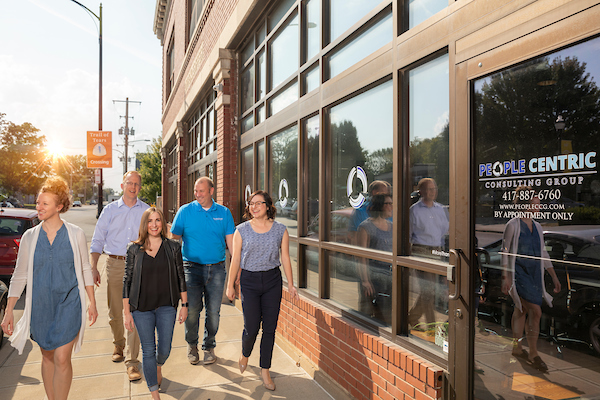Many organizations realize that their cultures are preventing them from being more successful, recognizing that it’s time to make some changes. They envision the high-performance work practices they desire and begin talking about it. Some organizations lead rallies or hang banners expressing their desired culture or conduct leadership team development training sessions or bring in motivational speakers.
Unfortunately, most of the time, these efforts fail.
The key to morphing into high-performance culture is to actually to rework the business systems that create your culture. Let me give you a real example.
Leaders of a nonprofit organization realized that the board of directors had developed a culture of not getting involved. Most of the members attended the minimal number of board meetings—just two per year—and didn’t engage in non-profit events or even help with fundraising. The director of the nonprofit identified this as a problem and led the board in discussions on getting more involved. A few board members responded, but most didn’t, and after a while, it’s back to business as usual.
Then the nonprofit asked our business development consultants at People Centric for help. Instead of trying to beat the desired culture into the heads of the board members, we instead focused on the systems that created the culture. For example, as we looked at the board recruitment process, we found that board members were often told that the board commitment was “no big deal” and “wouldn’t take a lot of time.” Many were even told that there was no expectation for attending events or helping with fundraising. The recruitment process created the culture.
Another finding was that the board meetings themselves were designed in a way that didn’t engage the members. Minutes were read. Budgets were reviewed. Updates were given. Both the team strengths as a whole and the individual strengths of each board member were effectively ignored.
After consulting with People Centric, the nonprofit changed its recruiting process and implemented a different meeting structure that engaged board members in meaningful discussions that utilized their insights and strengths. The culture very quickly shifted from disengaged to high levels of engagement.
If you want to change your culture, you need to look at the systems that influence your culture and change them. We offer leadership team development and team dynamics workshops designed to help you and your team create a high-performance culture that strengthens your capabilities.






